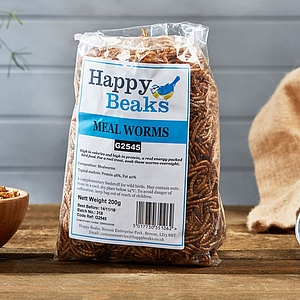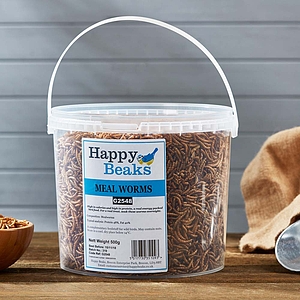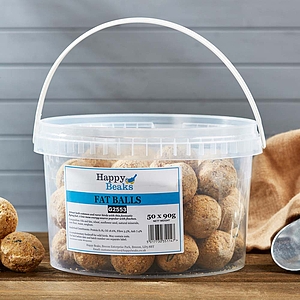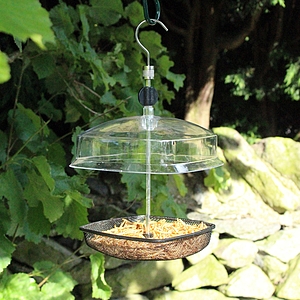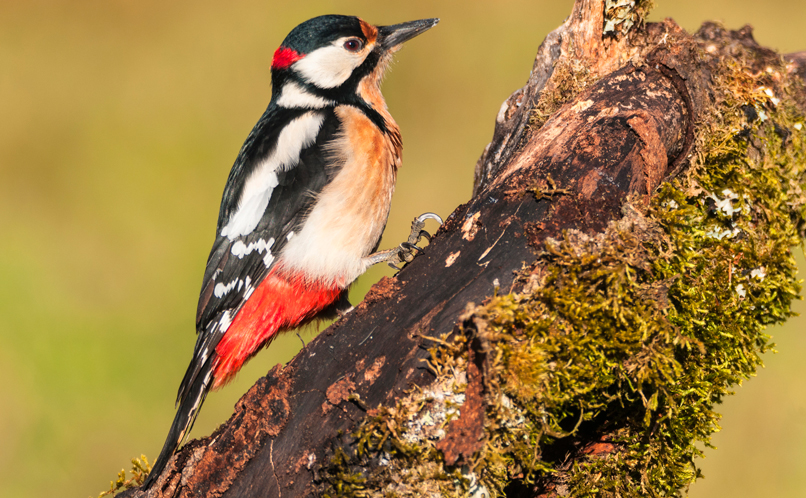
Great Spotted Woodpecker Dendrocopos major
If you’re going to see a woodpecker in your garden, it’s probably going to be this gorgeous creature. With its specially adapted beak, head and neck, it can perform the well known drumming famous with woodpeckers.
Identification
The male is visible by the red patch on the rear of the crown, but both sexes are blessed with colour. The underparts of the bird are mainly a dirty white, but the belly is a bold and bright cherry red. A long beak with a black beady eye makes this woodpecker easy to spot.
Listen out for a loud “chip” sound which is often repeated.
Feeding
In the winter, the great spotted woodpecker feeds from bird tables, and loves a fatty treat; so suet balls are also an option. For the rest of the year, they will feed on insects, especially wood boring ones.
Breeding
Breeds from March to June, but may drum away from early January. Nest in holes drilled in a tree, and will lay 4-7 eggs, which incubate for 16 days. Their single brood will then fledge after 18-24 days.
Did you know?
Genetic profiling has has shown that the great spotted woodpecker is British, not Scandinavian as originally thought.
Often mistaken with...
The lesser spotted woodpecker. Both look very similar, but as a rule of thumb, if the woodpecker in question is small, it could be a lesser spotted!
Perfect for the Great Spotted Woodpecker...
4 Options From £4.95
3 Options From £5.95
High Energy Premium Fat Balls (90g)
3 Options From £10.95

